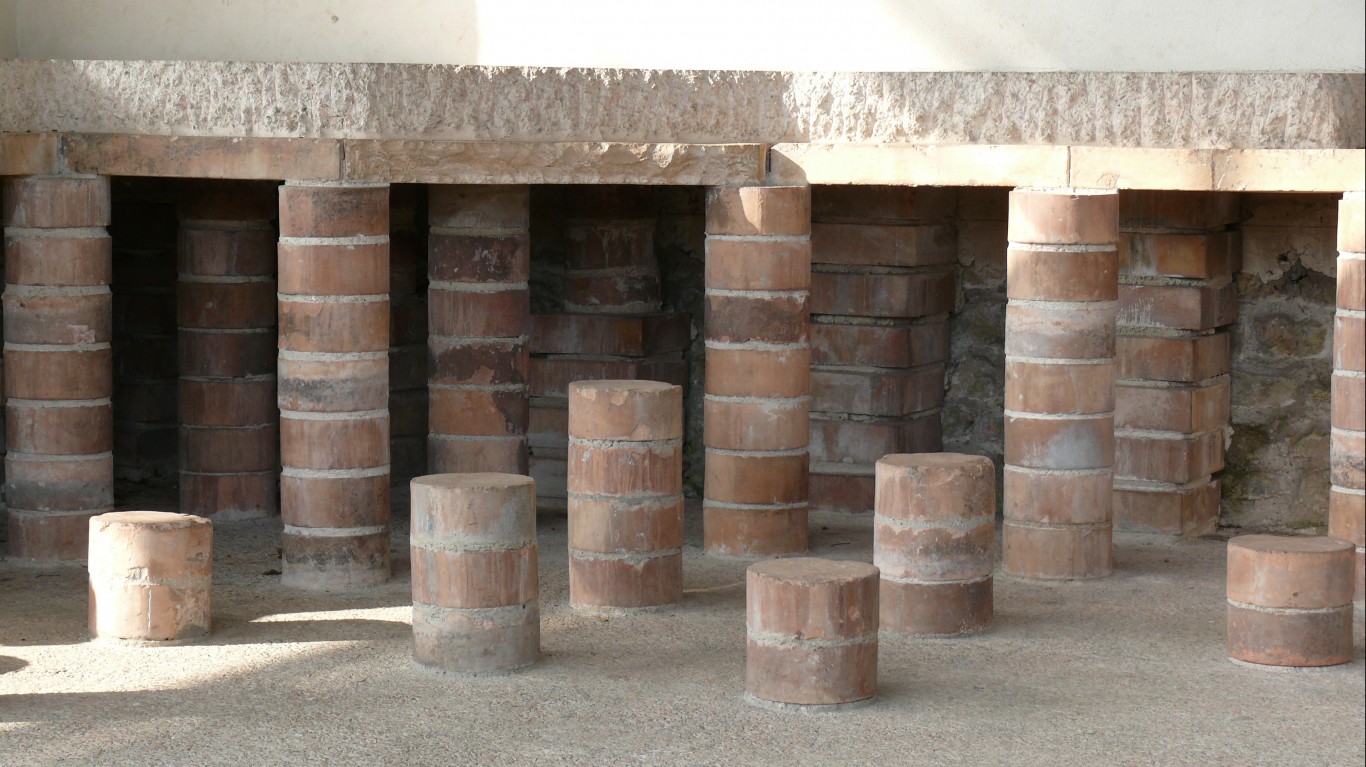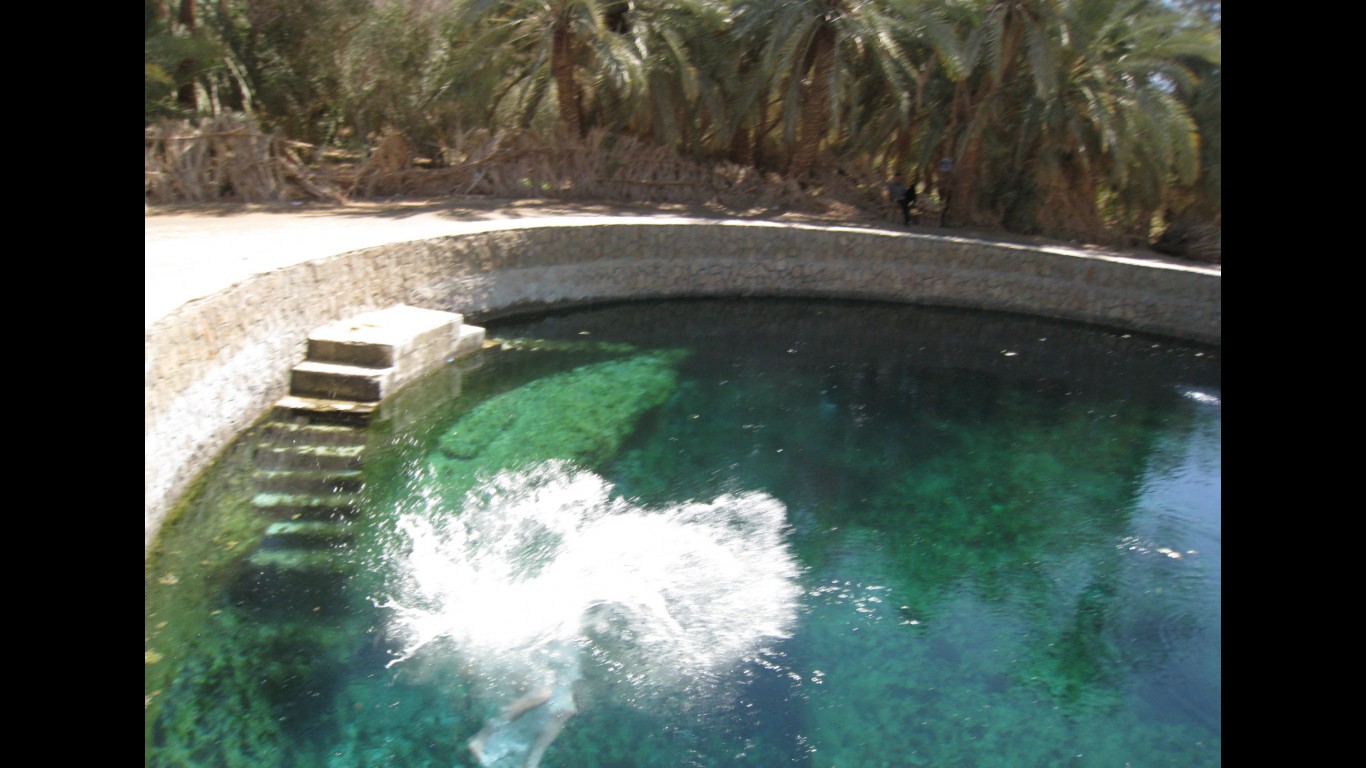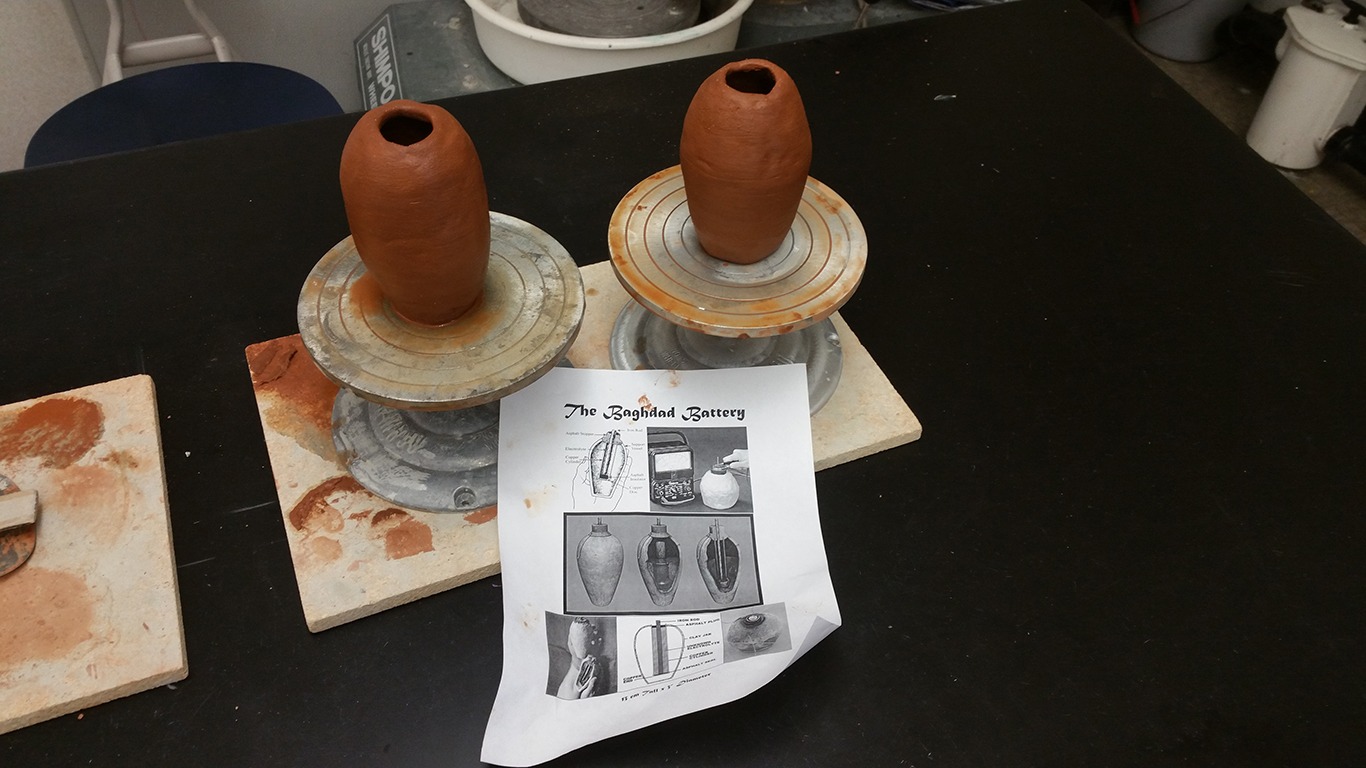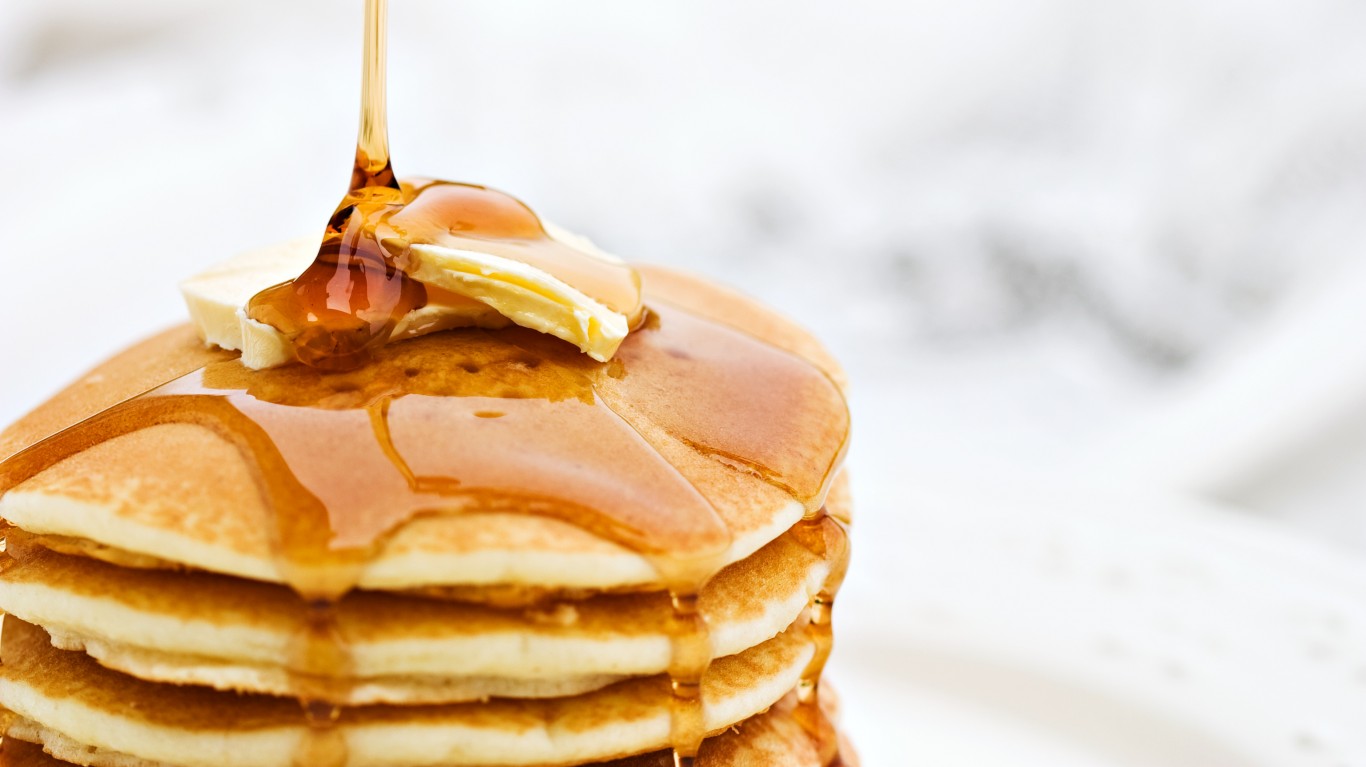
We live in an incredibly technologically advanced time. Everything you can think of is a quick Google search away. While most of our technology has been developed since the Industrial Revolution in the 18th and 19th centuries, many products we use today have a much longer history.
Many of today’s cherished ideas, tools, and even foods can be traced back to the ancient world. Did you know that pancakes might have existed as early as the Stone Age? Or that some style of hair braids popular today date back to 3500 B.C.? And, it turns out, an invention thought to have been named after its creator, was actually just improved by him.
Without these inventions and technologies, life as we know it today would not be possible. They have stood the test of time, even as people’s expectations and capabilities continue to evolve. Many inventions that are so common we no longer even consider them revolutionary have been around for hundreds or thousands of years. They are so old, it’s hard to tell who actually came up with the idea or designed the product.
To compile a list of 20 ancient inventions we still use today, 24/7 Tempo reviewed numerous articles on inventions that changed history. You can also take a look at modern inventions we no longer use.
Click here to read about ancient inventions we still use today
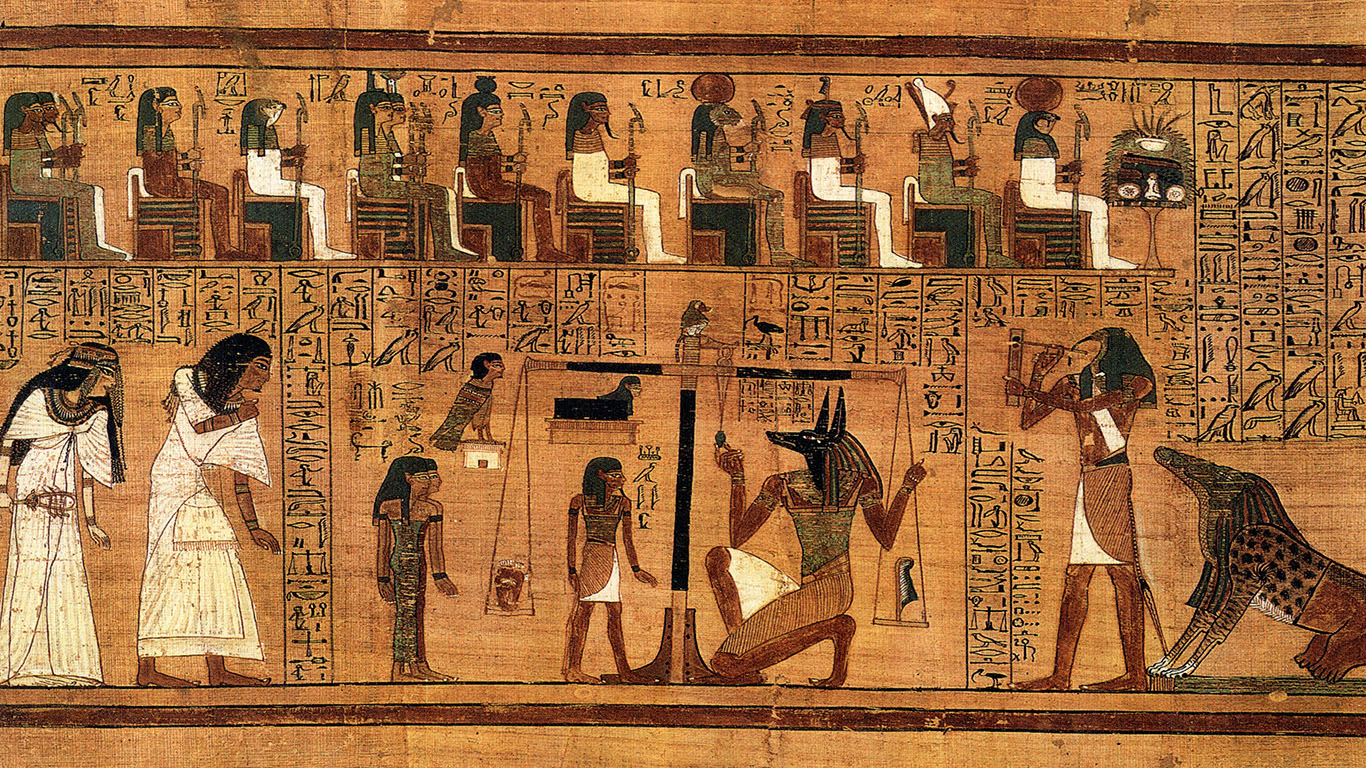
1. Paper
While we are encouraged to use less paper or at least recycle it due to environmental concerns, Americans still use more than 2 trillion trees a year for paper and other products made of wood. Papermaking has been a practice since at least A.D. 105 , according to some Chinese records. But recent archeological evidence dates papermaking to two centuries earlier. However, although not made from wood per se, you can go back in time even further. Ancient Egyptians found a way of writing on papyrus paper around 3000 B.C.
[in-text-ad]
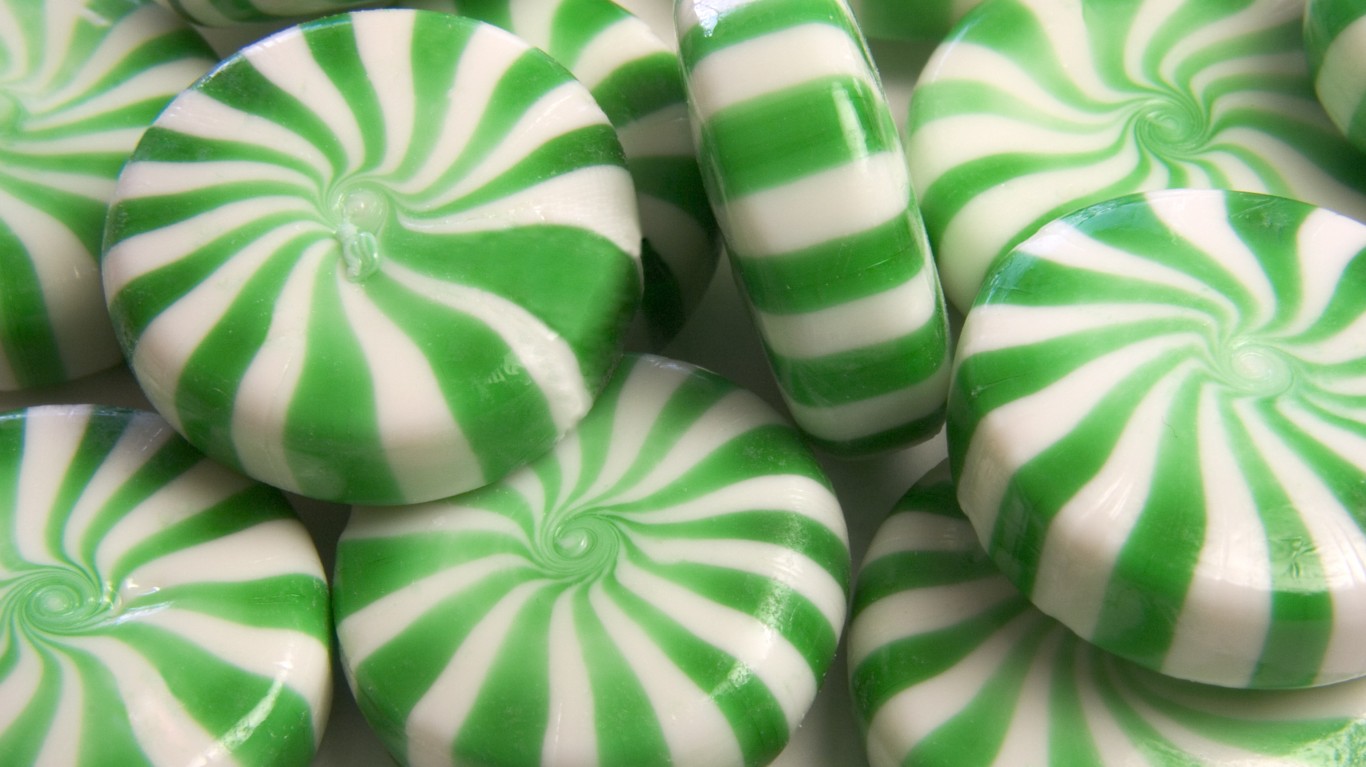
2. Mints
Poor dental health was common in ancient Egypt because of bread. They used stones to grind down the flour, a process that led to sand and small rocks remaining in the bread, and eventually making their way to people’s teeth, slowly rotting them. With no dentists yet, the Egyptians came up with a way to at least deal with the bad breath. The first mints were a mixture of frankincense, myrrh, cinnamon, and honey. Eventually, ancient Egyptians invented toothpaste.
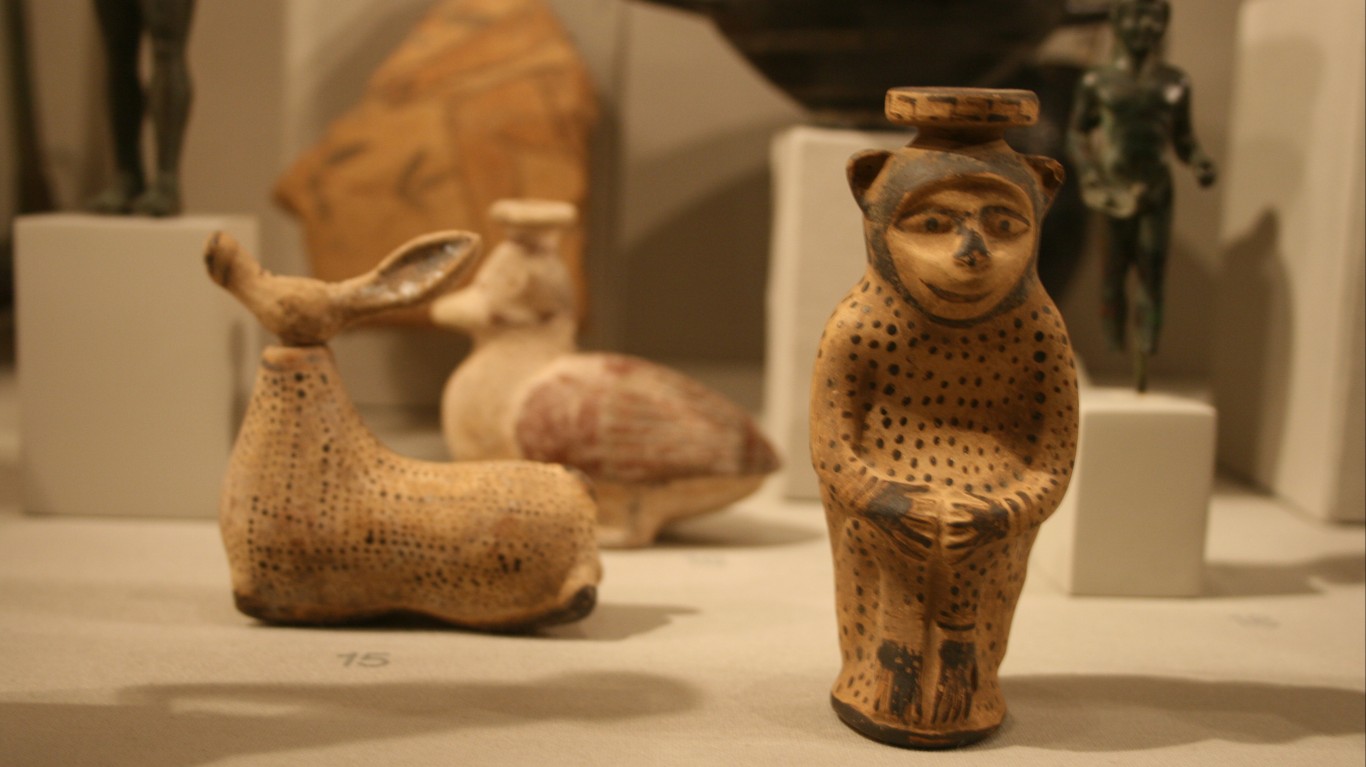
3. Perfume
Long before Chanel No. 5 there was incense some 4,000 years ago. People burned different resins and wood at religious ceremonies, which is the only time this form of perfume was used. Eventually, priests relinquished their exclusive rights, and citizens started to soak in scented oils just for pleasure. The credit to the first liquid perfume, however, goes to ancient Greece, also some 4,000 years ago. In fact, the oldest perfume factory was excavated in Cyprus, located southeast of Greece.

4. Odometer
Odometers, which measure the distance traveled by a vehicle, are still among the most widely used instruments in the world. They used to be mechanical. A Roman architect and engineer, Vitruvius, is often credited with inventing the odometer in 15 B.C. What he designed was a large wheel in a small frame, similar to how a wheel is mounted on a wheelbarrow. “When it was pushed along the ground by hand it automatically dropped a pebble into a container at each revolution, giving a measure of the distance traveled. It was, in effect, the first odometer,” according to Encyclopedia Britannica.
[in-text-ad-2]
5. Compass
The compass is one of the most important tools in the history of navigation. While people in urban areas are not very likely to carry one in their bags, it is very helpful for hikers and other adventurers going into the wild. Many historians think that China’s Han Dynasty, around 200 B.C., gave the magnetic compass to the West. They were first to develop a sophisticated compass. The needle was actually an iron spoon that was magnetized with ore, making it point south or north.

6. Cataract surgery
Some experts call the surgery to restore vision lost to cataracts one of the most successful medical treatments ever. Couching, the oldest method to treat a cataract, involved dislodging it out of the visual axis with a needle. The procedure, which restored limited but unfocused vision, dates back to 5th centuryB.C. The first modern cataract surgery to involve anesthesia took place in Paris in 1748.
[in-text-ad]
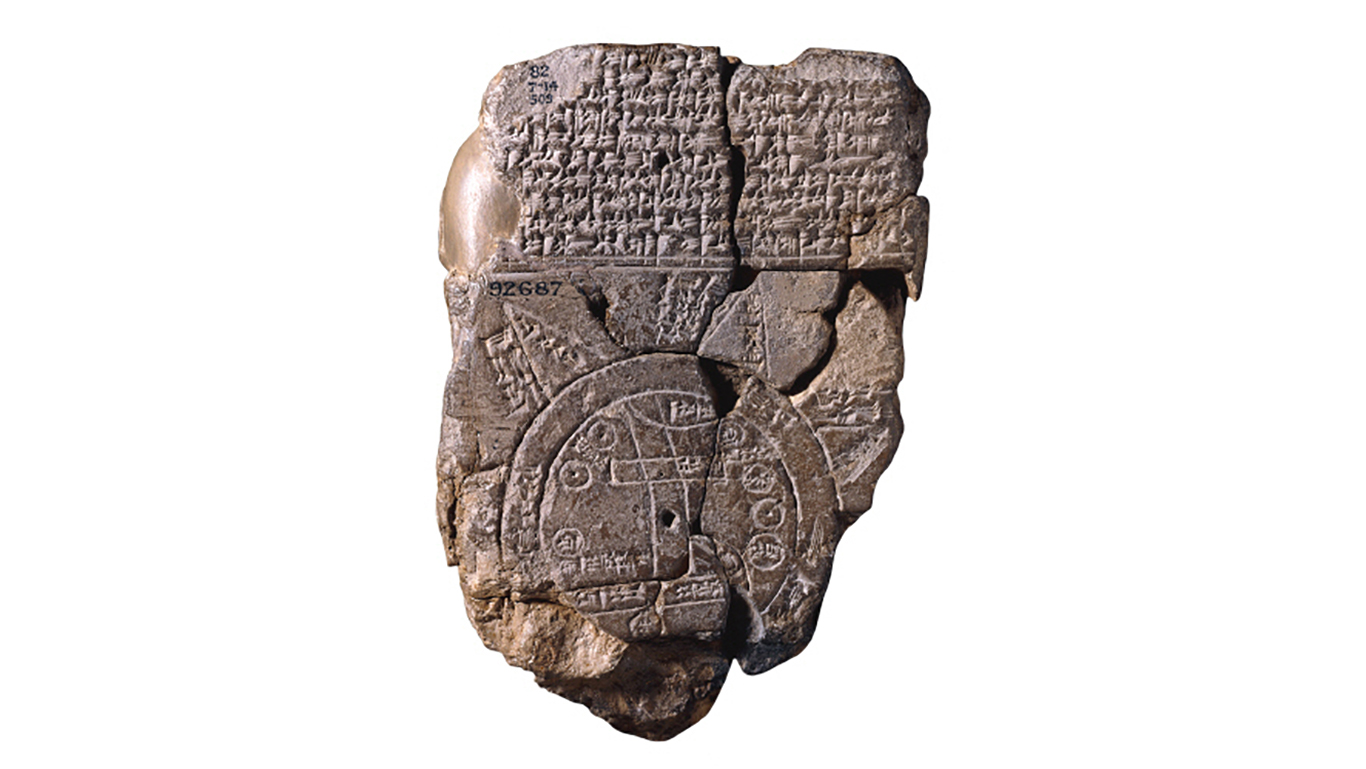
7. Maps
The first maps of geographical places were created in Babylonia on clay tablets around 2300 B.C. They showed hills, valleys, and other natural formations. The oldest known map of the world is considered to be the Babylonian World Map and dates back to 600 B.C. The earliest paper maps were created by ancient Greeks.
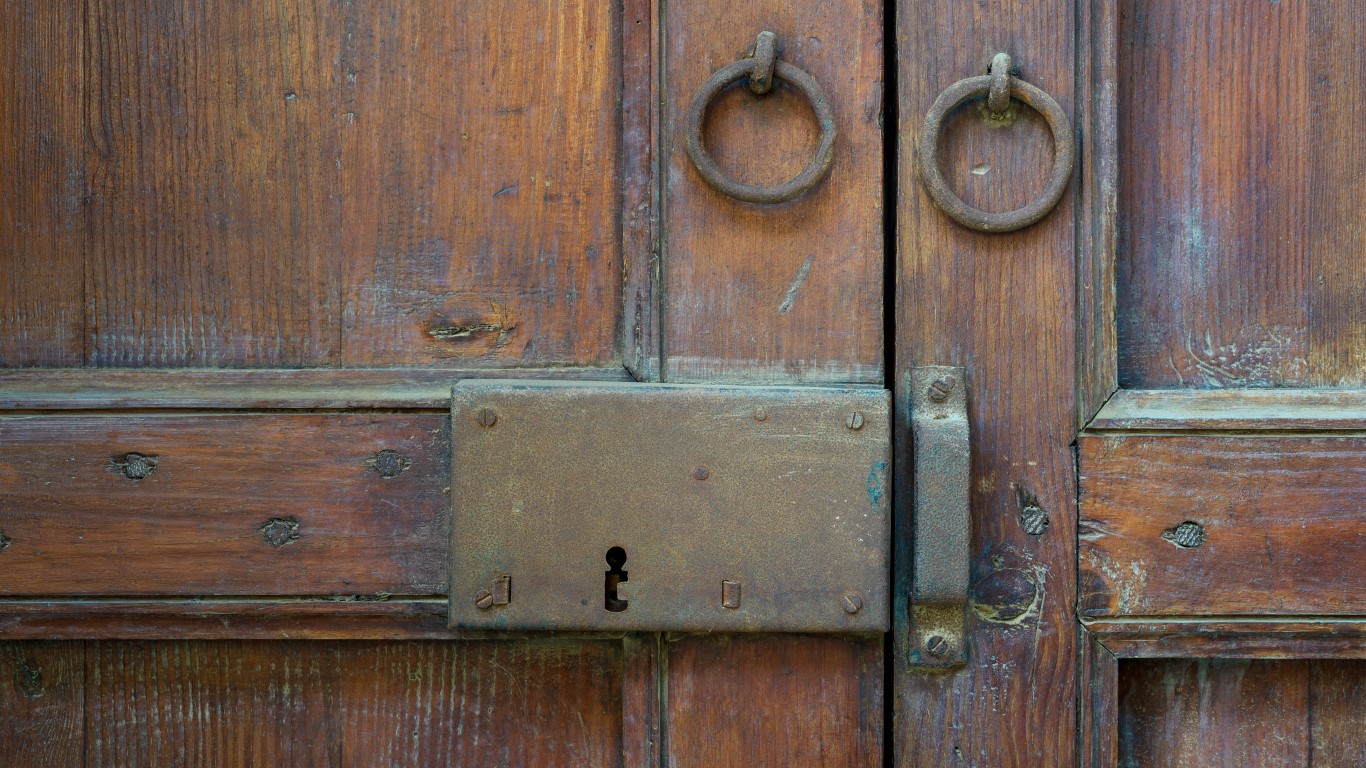
8. Door locks
The very first locks were technically knots made from ropes. Eventually people created locks made from wood and metal. The first types were documented in ancient Egypt some 6,000 years ago. A pin tumbler lock, made from wood, was attached to the door. A horizontal bolt, which could be opened with pins, slid into the post. The key was large, also made from wood, and looked like a toothbrush.
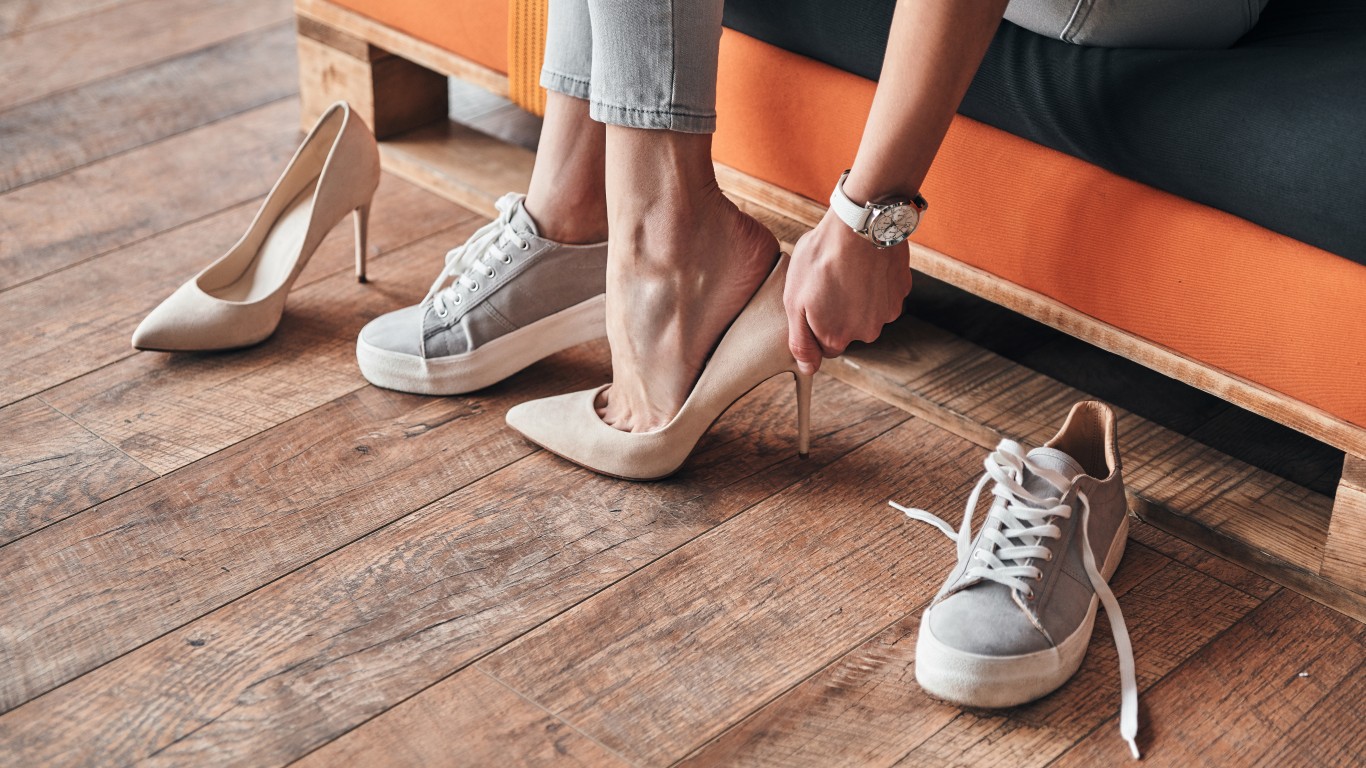
9. High heeled shoes
Today you are not very likely to see men wearing high heel shoes, but men in 10th-century Persia were the reason why the extravagant footwear was designed. Horseback riders wore them so their feet would fit better in the stirrups. Maybe this is why cowboy boots have heels, even though they are not very high.
[in-text-ad-2]
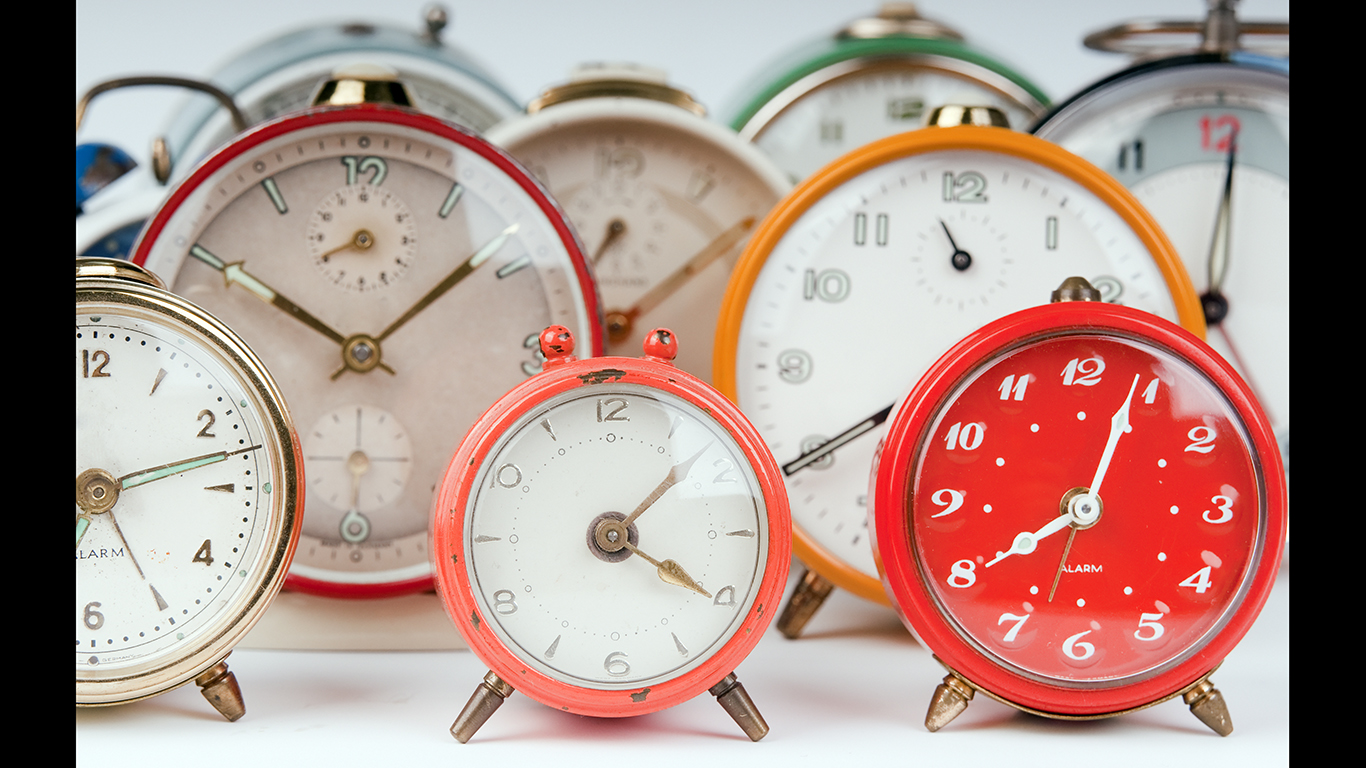
10. Alarm clocks
Most people’s alarm clocks today are on their phones. Until a decade ago, they were mechanical with the first models invented in 1787 by Levi Hutchins. But people had found ways to wake up long before this. Famous Greek philosopher Plato is said to have designed the first water alarm clock in 427 B.C. It consisted of two parts. Water dripped from one to another through an outflow funnel for a specifically calculated time. When the second part became full, the water quickly escaped toward the next closed part and forced the contained air to come out whistling through a tube, thus making nose and waking people up.
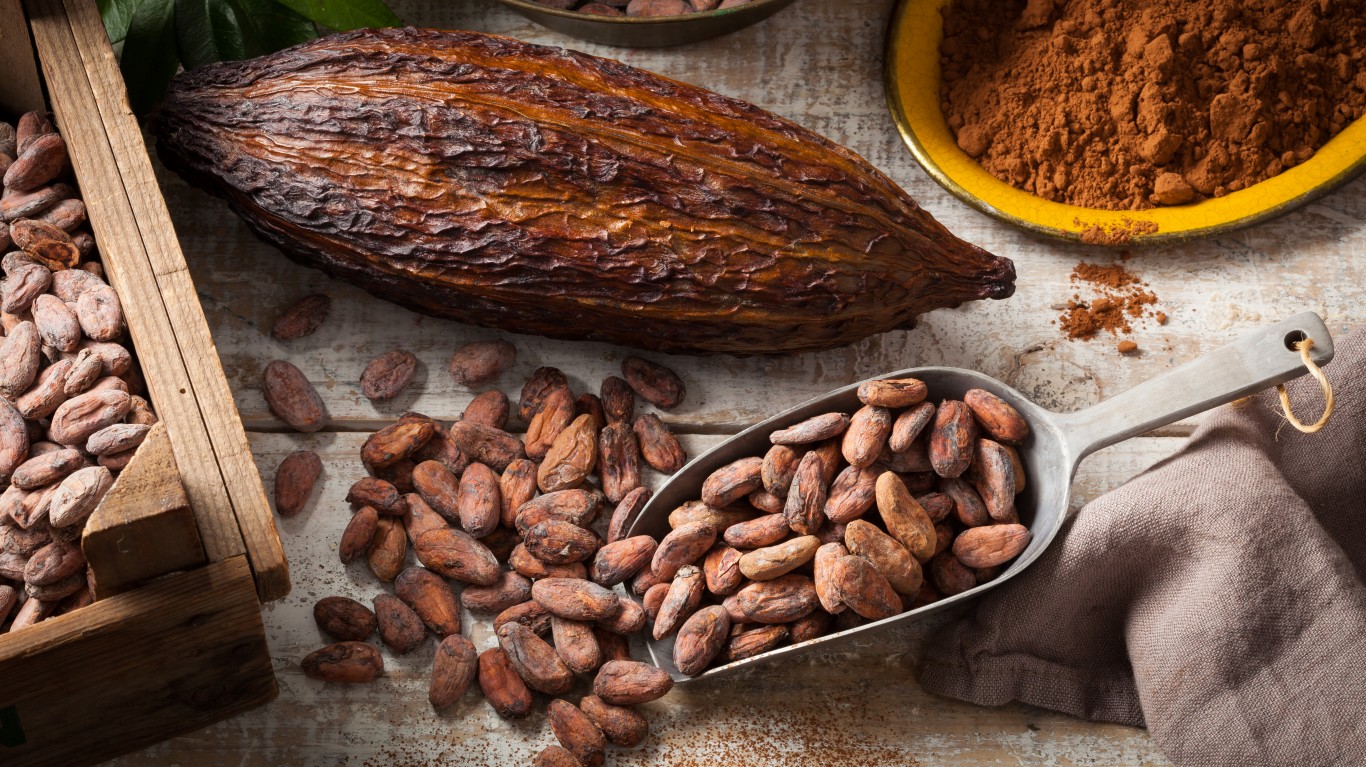
11. Chocolate
Chocolate has been around for more than 3,000 years and we have the Maya, Aztec, Olmec, and Toltec civilizations of ancient Mesoamerica to thank. In 2007 in Honduras, anthropologists discovered pottery with cacao residue that had been fermented into an alcoholic beverage. Cacao made its way to Europe in the 16th century thanks to Spanish conquistadors who brought it back from the New World.
[in-text-ad]
12. Concrete
Every building around us is built with at least some concrete. The important material dates back to 6500 B.C. in what is today Syria and Jordan. This is where the earliest concrete structures were recorded. Nabataea traders built concrete floors, houses as well as underground tanks. The Romans made the material mainstream around 600 B.C.
13. Central heating
Greeks in ancient Rome developed central heating using radiant heat around 2500 B.C. Flues in the ground circulated heat produced by a fire, according to archeologists’ findings. Some buildings, baths, and upper-class homes in the Roman Empire had pipes under the floors through which hot air would pass and warm a room.
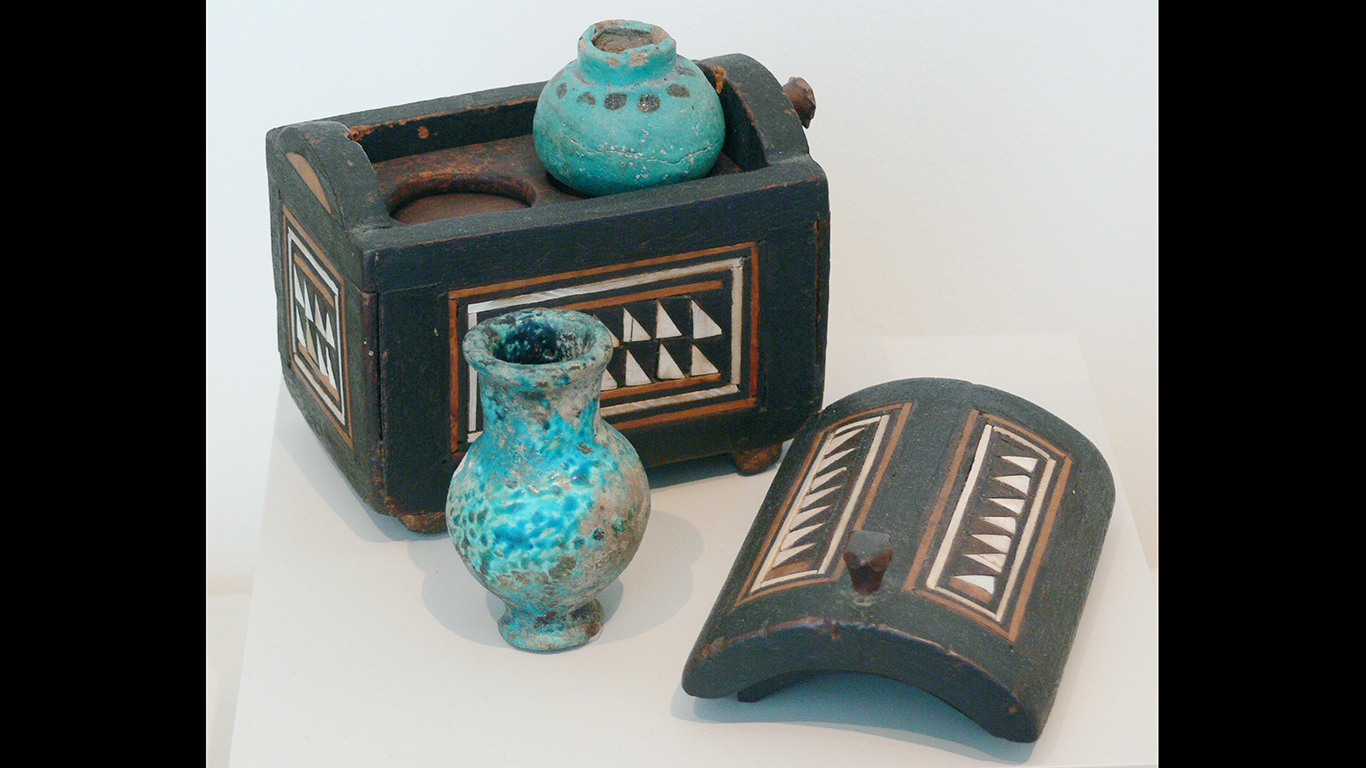
14. Makeup
Ancient Egyptians invented makeup using copper and lead ore around 4000 B.C. Women applied the mix to their faces to add color and highlight facial features. They used a blend of burnt almonds, oxidized copper, and colored copper ores or ashes to enhance their eyes and make them almond shaped.
[in-text-ad-2]
15. Hot tub
When most people think of history and hot tubs in one sentence, they usually imagine ancient Romans relaxing in a spa. While the Romans did take the spa to a whole new level, hot tubs go as far back as 4,000 years ago when ancient Egyptians used them for therapeutic purposes. They are said to have bathed up to four times a day. The wealthy even had bathing chambers in their homes.

16. Pancakes
There is some evidence that pancakes date back to the Stone Age. Starch grains analyses on 30,000-year-old tools suggest back then people were making flour out of cattails and ferns and the flour, experts thinks, was probably mixed with water and baked on a hot, greased rock. Kind of like how pancakes are made now, right? In a more famous theory, pancakes are at least 5 millennia old. Ground einkorn wheat was found in the stomach of Otzi the Iceman, whose human remains are 5,300 years old.
[in-text-ad]
17. The battery
It looks like Count Alassandro Volta did not invent the battery in the 1800s, but rather just improved it. The Baghdad Battery, also known as the Parthian Battery, is said to be the oldest in the world; it is about 2,000 years old. The clay and asphalt jar with an iron rod, surrounded by a copper cylinder, produces about 1.1 volts when it’s filled with vinegar.
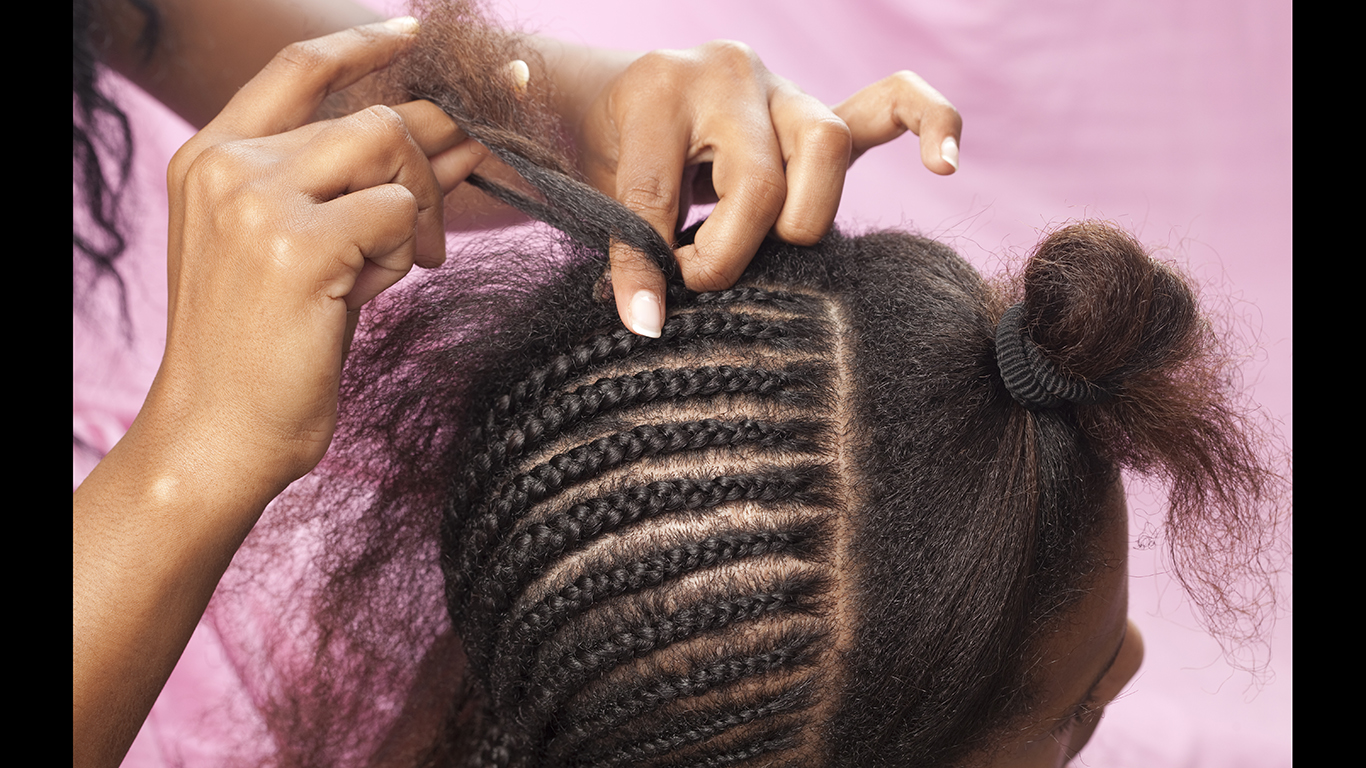
18. Hair braiding
Nowadays there seems to be an infinite number of hair braiding styles, but it all began some 5,000 years ago in African cultures. Around 3500 B.C., the style, the most common of which was cornrows, was a sign of social status, ethnicity, and religion. Around 3100 B.C. braids became widespread among Egyptians who preferred Afro Box Braids.
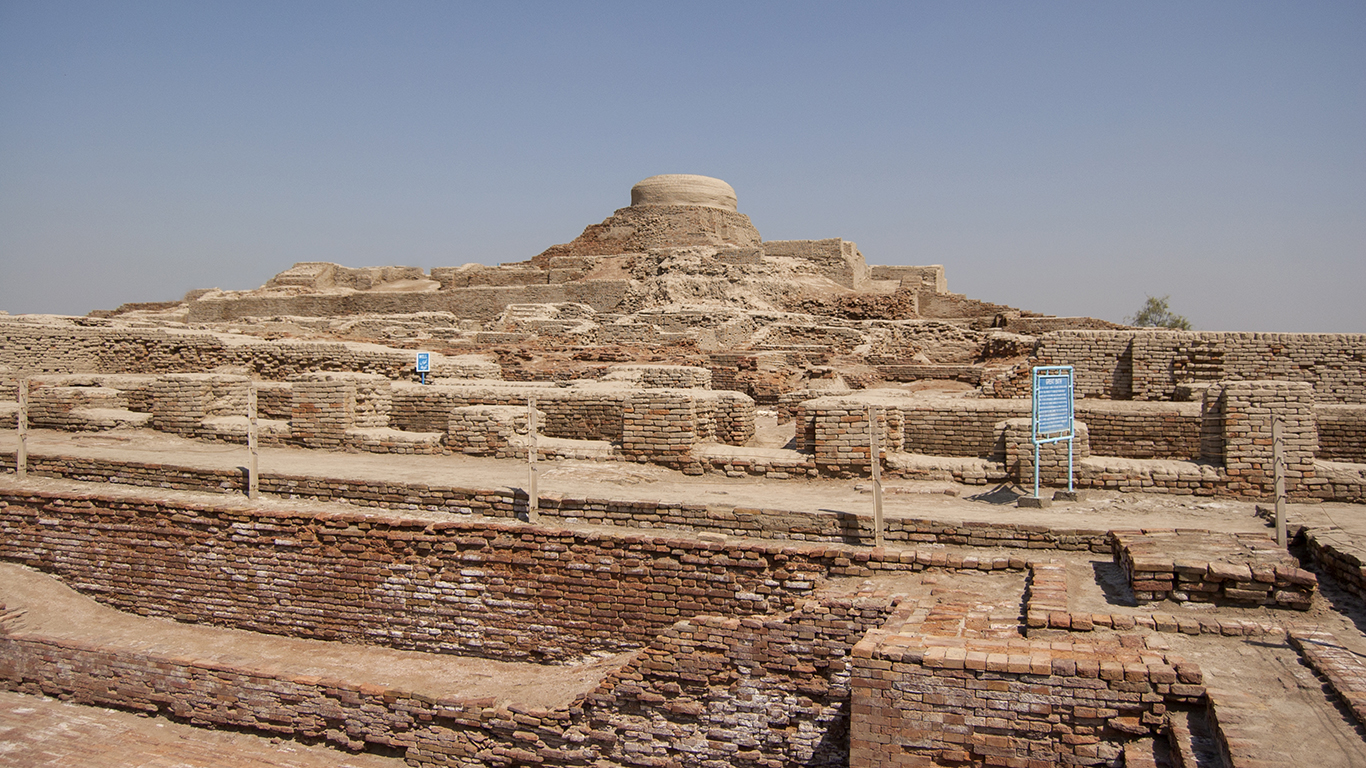
19. Indoor plumbing
Remains of toilets and sewers dating back to 2800 B.C. have been found in modern-day Pakistan. The bathrooms at the time drained through pipes in the walls to a municipal drainage system. Primitive toilets, which date back 5,000 years, used a constant stream of water to carry away waste. The first modern flushable toilet is said to have been invented by Sir John Harrington, hence its nickname “the John,” in 1596.
[in-text-ad-2]
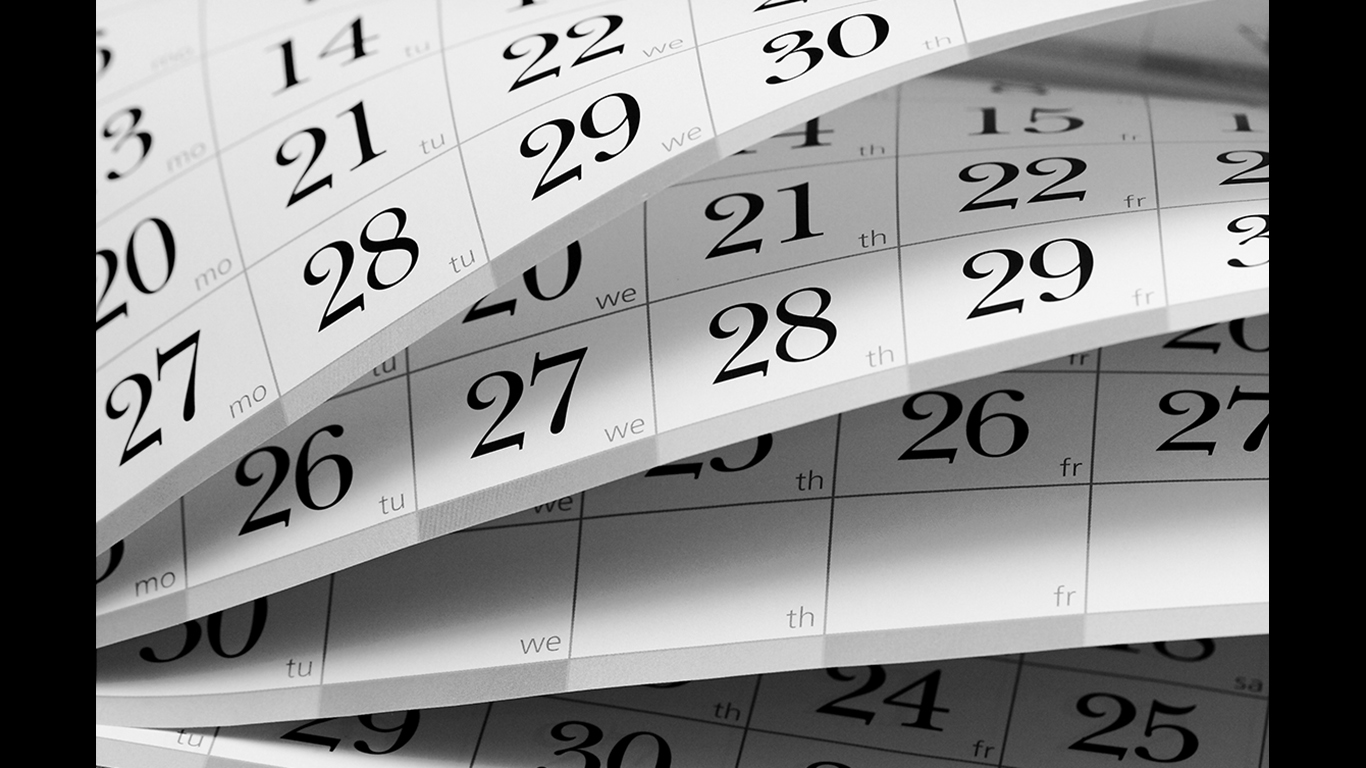
20. Julian calendar
The Roman calendar was based on the phases of the Moon and was simply too complicated to follow. The Julian calendar, suggested by Julius Caesar, replaced it in 45 B.C. The year was divided into 12 months, which each have 30 or 31 days. Also called the Old Style calendar, the Julian calendar is still used by some Eastern Orthodox Churches to determine liturgical dates and holidays such as Easter.
Travel Cards Are Getting Too Good To Ignore (sponsored)
Credit card companies are pulling out all the stops, with the issuers are offering insane travel rewards and perks.
We’re talking huge sign-up bonuses, points on every purchase, and benefits like lounge access, travel credits, and free hotel nights. For travelers, these rewards can add up to thousands of dollars in flights, upgrades, and luxury experiences every year.
It’s like getting paid to travel — and it’s available to qualified borrowers who know where to look.
We’ve rounded up some of the best travel credit cards on the market. Click here to see the list. Don’t miss these offers — they won’t be this good forever.
Thank you for reading! Have some feedback for us?
Contact the 24/7 Wall St. editorial team.
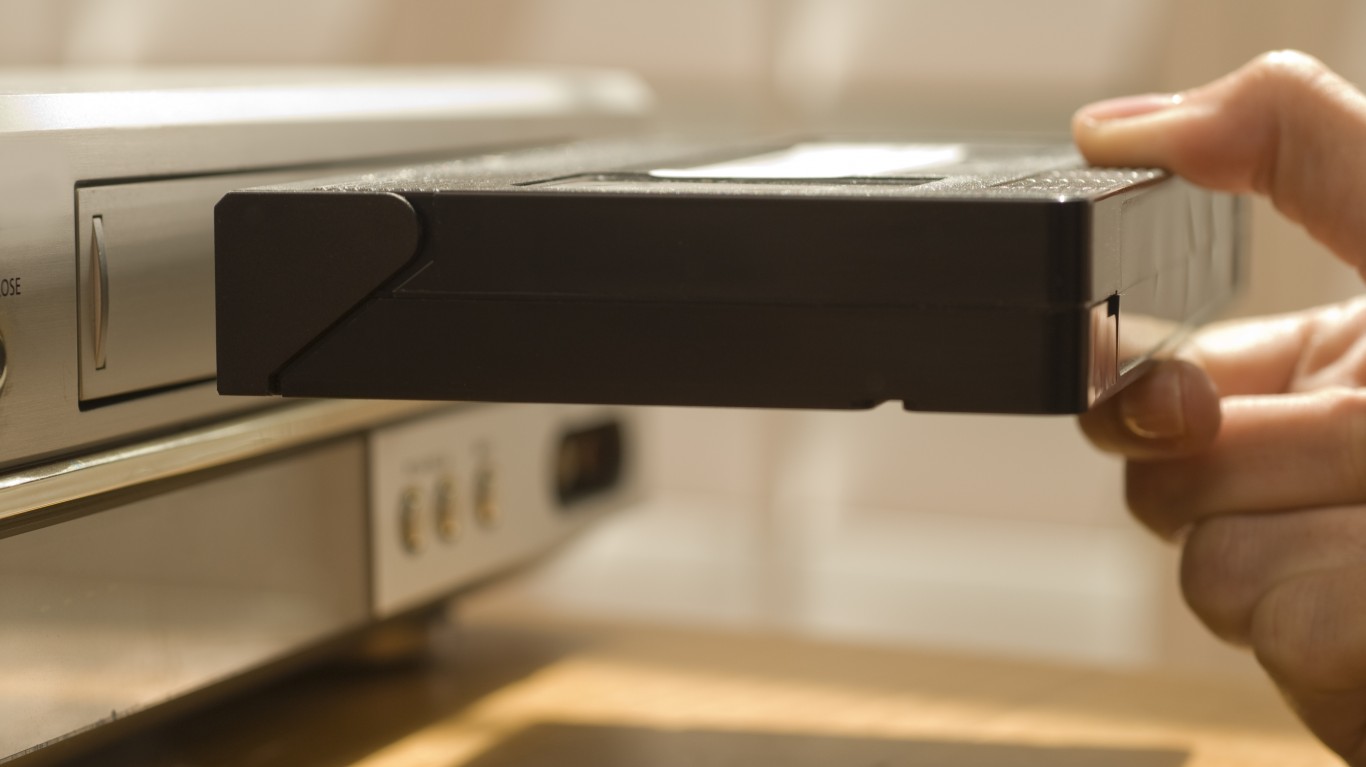 24/7 Wall St.
24/7 Wall St.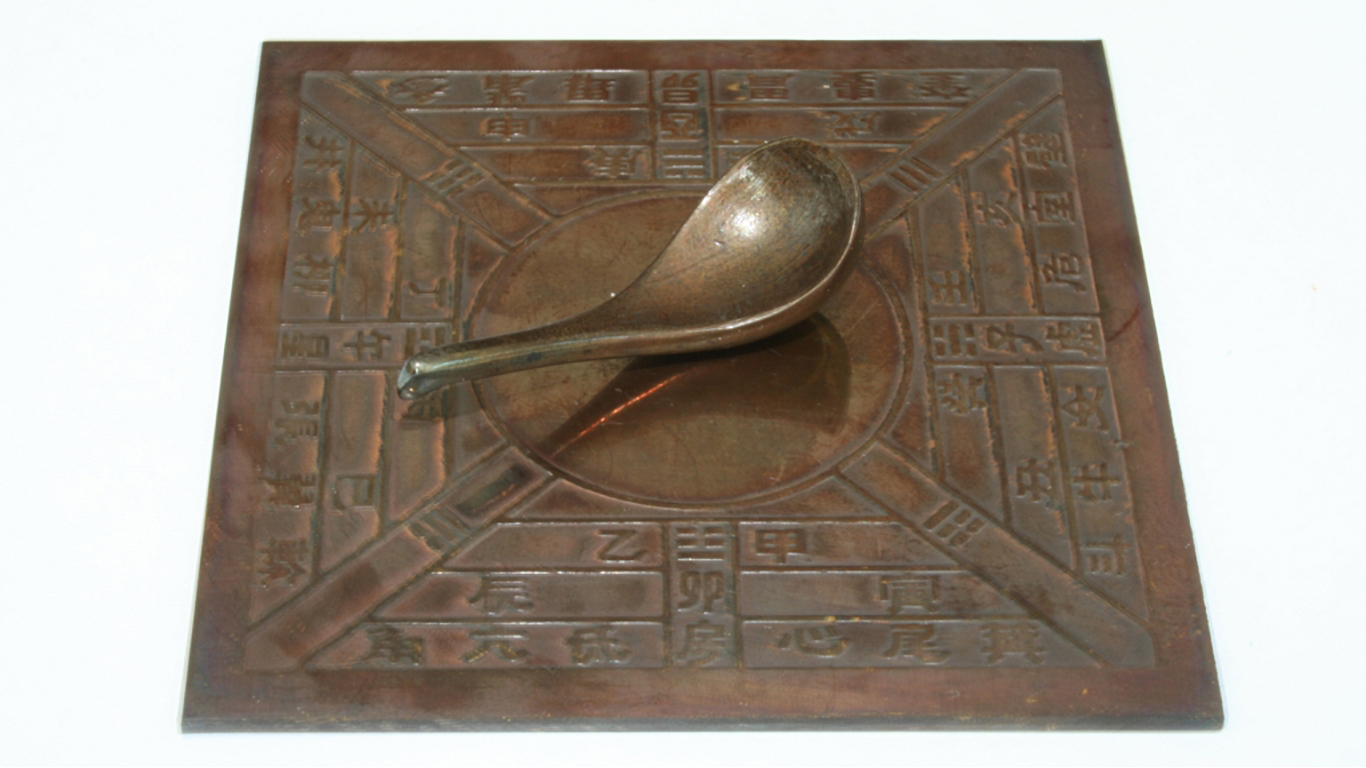
 24/7 Wall St.
24/7 Wall St.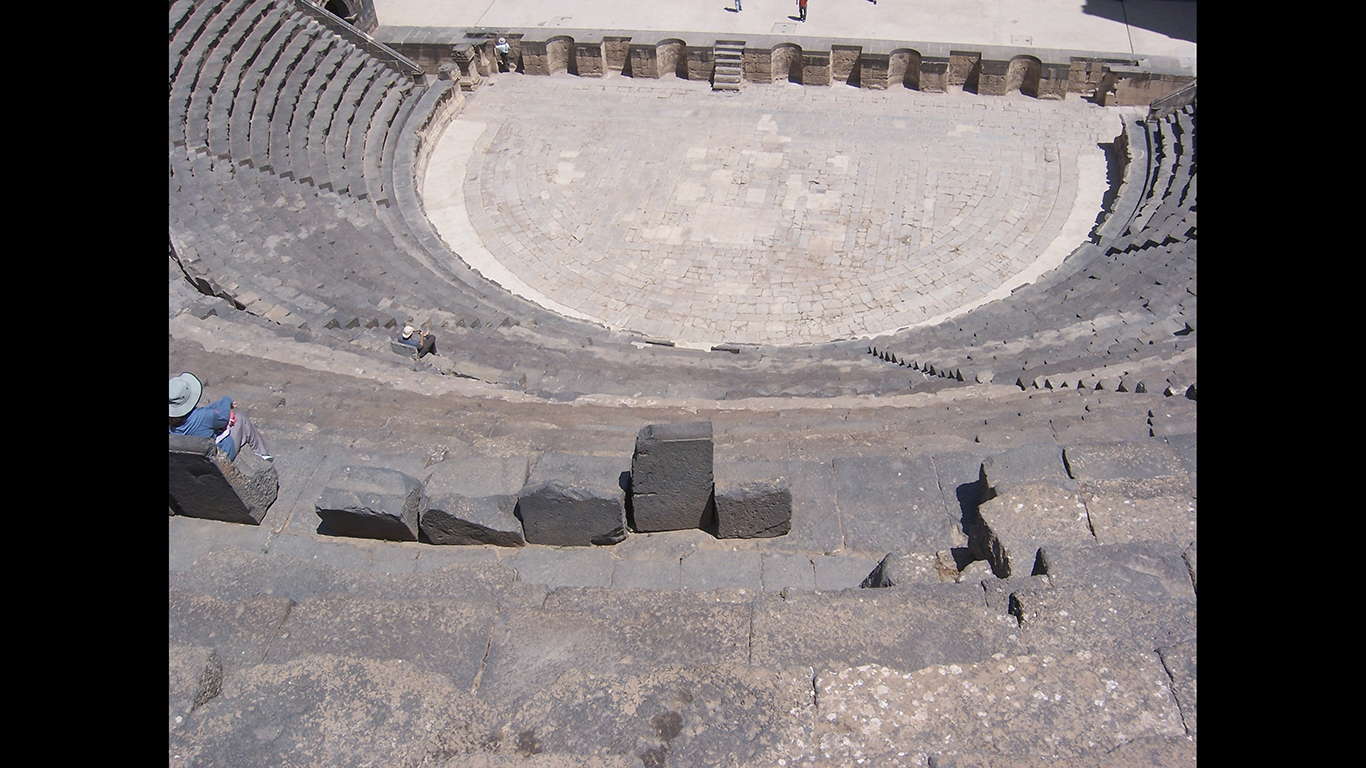
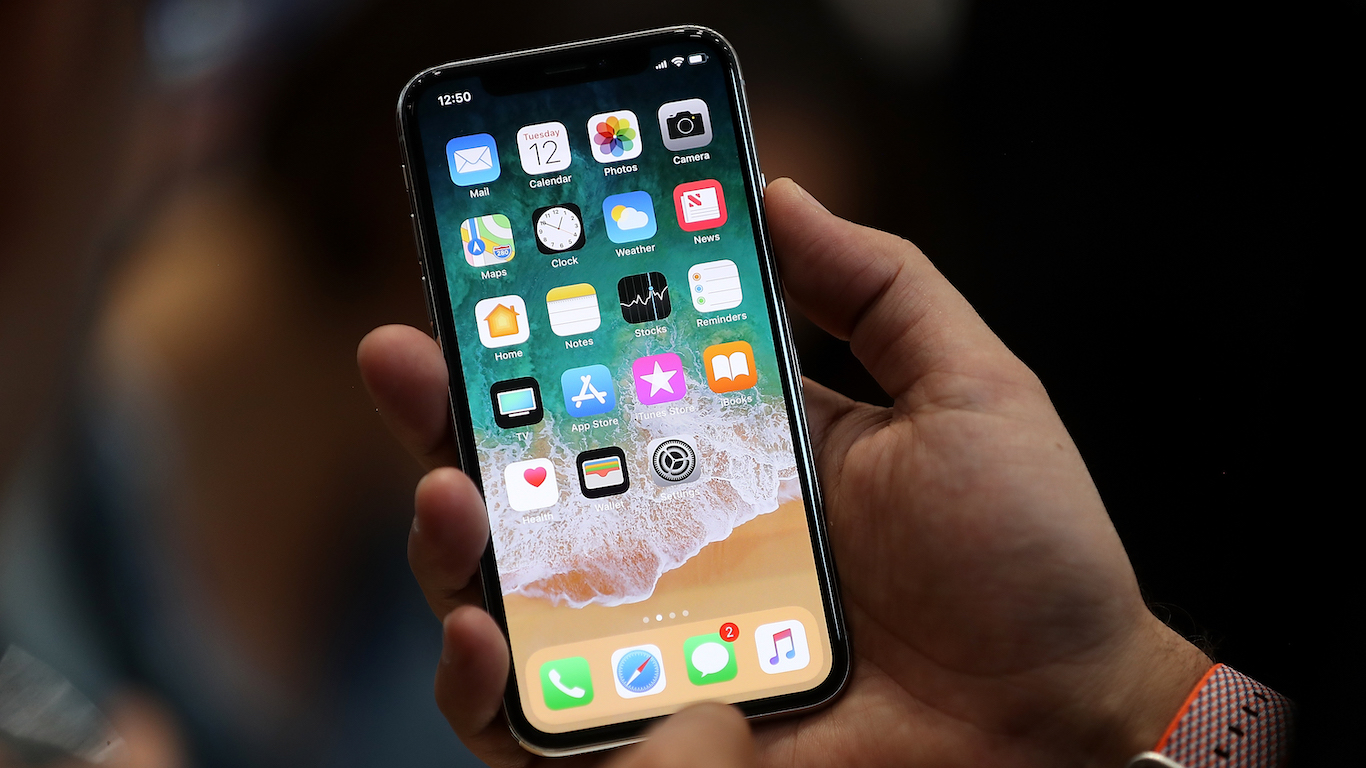 24/7 Wall St.
24/7 Wall St.